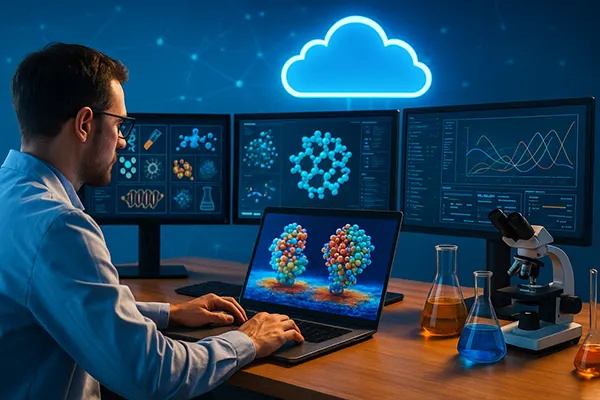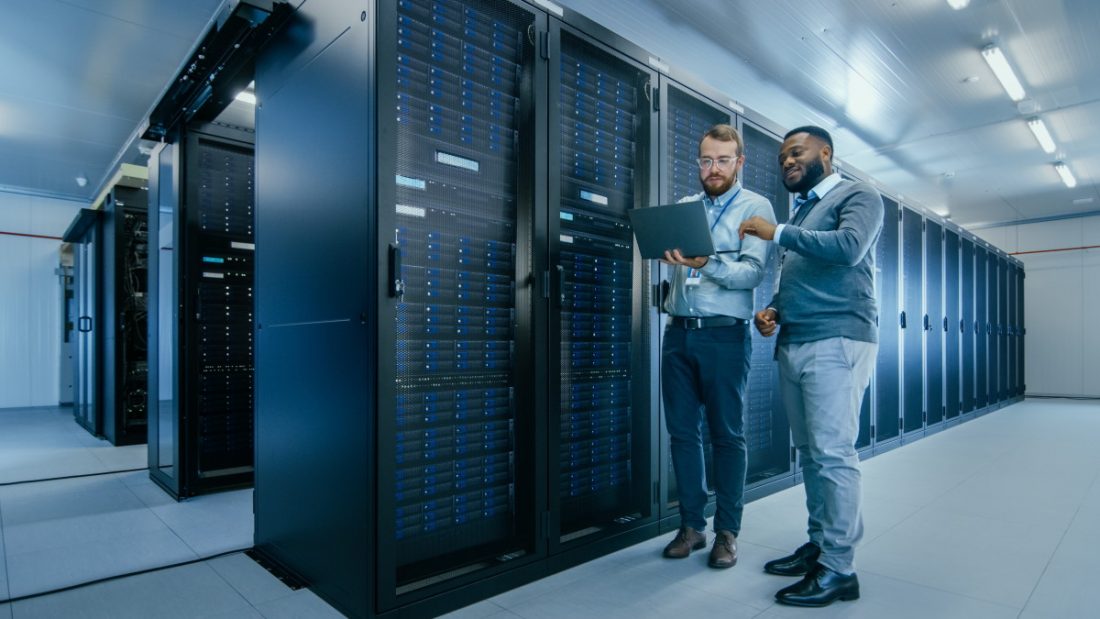
Quantum Sensors: Transforming Healthcare, Security and Navigation in 2025
Quantum sensors are no longer a futuristic concept. As of February 2025, they are a powerful technological reality, actively reshaping key industries such as medicine, security and navigation. These devices, which exploit the unique properties of quantum mechanics, offer unprecedented levels of precision, sensitivity and reliability. In this article, we explore how quantum sensors are revolutionising our world and improving the accuracy and efficiency of critical systems in everyday life.
Quantum Sensors in Modern Medicine
In 2025, quantum sensors have become integral in diagnostics and brain imaging, offering capabilities that surpass classical technologies. One of the most promising applications is magnetoencephalography (MEG), where quantum sensors detect faint magnetic fields generated by neural activity. This advancement allows neuroscientists to map brain function with incredible spatial resolution, aiding in the early detection of conditions like Alzheimer’s disease and epilepsy.
These sensors are also being used in early cancer detection. Quantum-enhanced MRI scans now provide higher image clarity without increasing magnetic field strength, making the process safer and more effective. This improves tumour detection at earlier stages, drastically improving patient outcomes.
Additionally, quantum biosensors are being integrated into wearable devices. These sensors measure biomarkers such as glucose, lactate and cortisol at quantum precision, providing real-time health monitoring for chronic disease management and stress response analysis, contributing to a more proactive healthcare model.
Future Trends in Medical Applications
The rapid evolution of quantum sensing in healthcare suggests that by the end of the decade, non-invasive diagnostics will be the norm. Patients will benefit from earlier detection of diseases and personalised treatment plans based on real-time biometric feedback, reducing healthcare costs and increasing life expectancy.
Portable quantum diagnostic devices are also entering the market. Compact MEG scanners and quantum-enhanced ultrasounds are becoming accessible for clinics and even home use. These tools promise to decentralise diagnostics, bringing high-end imaging to rural and remote areas.
Medical research institutions are now focusing on hybrid platforms combining AI and quantum sensors, enabling automatic pattern recognition in complex biological signals. This synergy is set to redefine predictive medicine and drug response modelling.
Security and Surveillance Reinvented
Quantum sensors are driving a new era in national and public security. Their ability to detect minute changes in magnetic or gravitational fields allows for the development of devices capable of identifying concealed threats, such as explosives or illicit materials, without direct contact. These are now being implemented at airports and sensitive border crossings in Europe and North America.
Quantum-enhanced gyroscopes are redefining navigation systems, particularly in military and aerospace operations. Unlike GPS-dependent systems, quantum gyroscopes are self-contained, providing accurate positioning without satellite signals. This makes them resistant to spoofing or jamming, a growing concern in modern warfare and cyber-security.
In urban security, quantum sensors are now used in smart surveillance networks. These sensors can detect micro-vibrations and irregularities in sound waves or electromagnetic signals, triggering real-time alerts and improving situational awareness for law enforcement agencies.
Integration Into National Security Systems
Governments are investing heavily in quantum sensing technologies for border control, critical infrastructure protection and cyber-threat detection. The UK Ministry of Defence, for example, recently launched a pilot programme using quantum gravimeters to detect underground tunnels used for smuggling.
Collaborations between public agencies and tech companies have led to the development of mobile quantum scanning units. These units can be deployed during large public events or in response to potential biological threats, identifying anomalies in air or ground conditions with unmatched speed.
Security firms are increasingly incorporating quantum sensors into biometric authentication systems. By measuring quantum-level skin or eye patterns, these systems make impersonation virtually impossible, pushing identity verification to a new level of accuracy and trust.

Transforming Navigation and Exploration
Quantum sensors have become essential in navigation, particularly in GPS-denied environments such as deep oceans, underground mines and outer space. Quantum accelerometers and gravimeters enable submarines and spacecraft to determine their precise position and movement without relying on external signals.
The aviation industry benefits from quantum sensors through enhanced inertial navigation systems (INS), which offer superior accuracy during take-off, landing and turbulence events. Airlines have begun integrating quantum-enhanced INS for improved route optimisation and fuel efficiency.
Geophysical exploration also receives a significant boost. Quantum gravimeters can map subterranean structures with centimetre precision, aiding in resource discovery, earthquake prediction and environmental monitoring. These sensors have recently been deployed across seismic zones in Asia to improve early-warning systems.
Innovations in Consumer and Automotive Navigation
Quantum navigation is beginning to trickle down into consumer electronics. Advanced prototypes of smartphones and wearables now feature quantum accelerometers, enhancing indoor positioning and gesture recognition for accessibility and gaming applications.
In the automotive sector, self-driving technology relies on accurate spatial awareness. Quantum sensors enhance vehicle odometry and localisation, allowing autonomous cars to maintain high-precision routes even in tunnels or remote areas without GPS signals.
Furthermore, maritime navigation is being redefined. Commercial shipping companies are testing quantum compasses, ensuring safe passage through polar routes and foggy waters where traditional compasses and satellite-based systems often fail.





